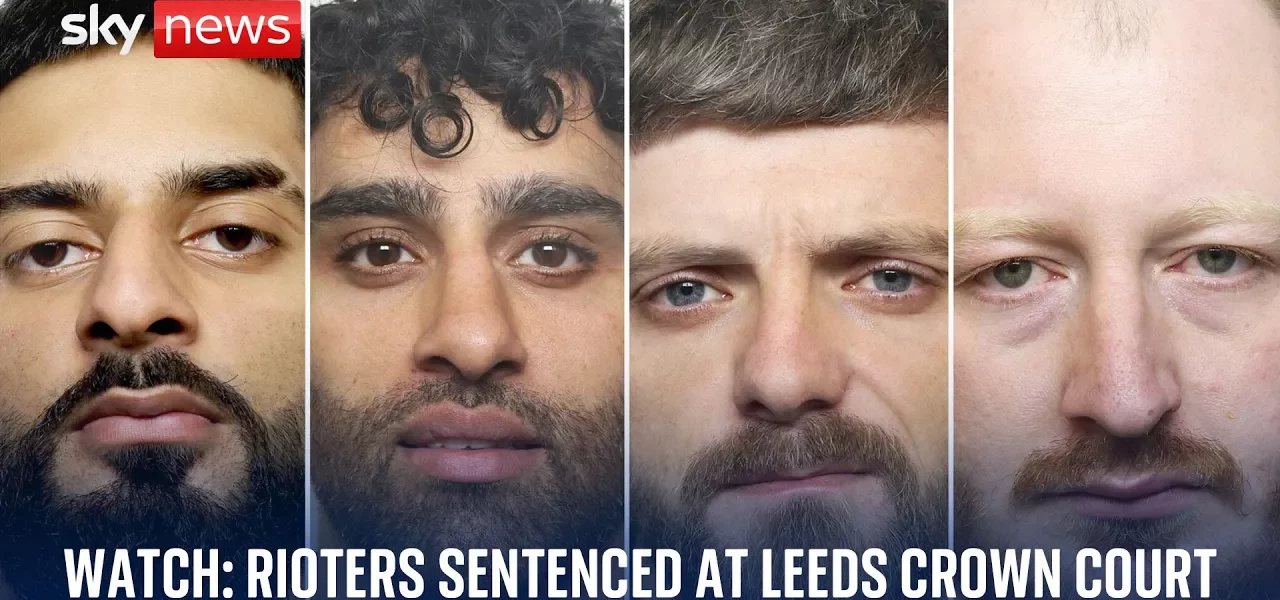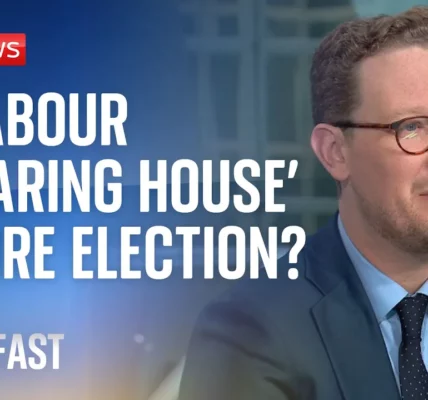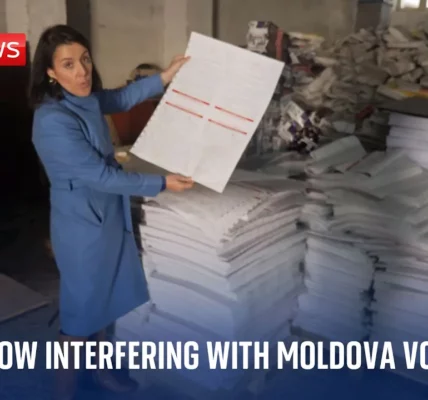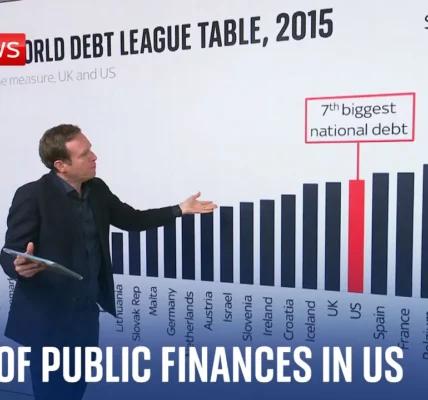Analysis of Recent Violent Incidents in Leeds

This article examines the recent violent clashes in Leeds, the legal outcomes for the individuals involved, and the broader social implications of such incidents. We delve into the contexts of the protests, the actions taken by law enforcement, and the community’s response to escalating tensions related to immigration and racism.
Introduction
The events that unfolded on August 3rd in Leeds have reflected the growing social unrest around issues of immigration and racism in the UK. Two demonstrations took place simultaneously: one protesting against immigration and the other against racism. The outcomes of these protests were marred by violence, leading to severe legal repercussions for those involved. This article explores the details of the incidents, the legal proceedings that followed, and the broader implications for community safety and societal harmony.
The Background of the Protests
The demonstrations in Leeds were part of a nationwide context of unrest, triggered by various social issues including immigration policies and racial tensions. Demonstrators gathered outside the art gallery, highlighting their stances on these pressing issues. While both groups had the right to protest peacefully, the situation escalated into violence, raising concerns about public safety and communal relations.
Types of Demonstrations
- Pro-Immigration Demonstration: Focused on advocating for immigrant rights and challenging anti-immigrant sentiments.
- Anti-Racism Demonstration: Aimed at opposing racist ideologies and promoting equality and justice for marginalized communities.
Legal Context
The legal framework surrounding demonstrations in the UK allows for peaceful protest; however, it strictly prohibits violence and public disorder. The actions of individuals during these protests not only affect their legal standing but also have wider consequences for community relations.
Details of the Violent Incident
On the evening of August 3rd, tensions escalated when groups of protesters clashed on Great George Street. CCTV footage captured the outbreak of violence, which lasted approximately 30 seconds and involved multiple individuals from both sides. Notably, the actions of two men, Samir Ali and Adnan Gafor, were highlighted during legal proceedings.
Sequence of Events
- The two groups encountered each other on the street.
- Verbal exchanges occurred, with claims of racial abuse made by participants.
- A physical confrontation ensued, with punches and kicks thrown by members of Ali’s group.
- Missiles were hurled, further escalating the chaos.
- Law enforcement was called to manage the situation.
Participants’ Actions
Samir Ali played a significant role in the violence, throwing punches and kicking individuals on the ground. His actions were not only aggressive but also displayed a level of contempt for the safety of others present. Adnan Gafor was also involved, contributing to the group violence and subsequently facing legal consequences.
Legal Proceedings and Sentencing
Following the violent incidents, both Samir Ali and Adnan Gafor surrendered to the police and were charged with offenses related to violent behavior. Their legal journey culminated in a hearing where the judge emphasized the need for punishment and deterrence, given the public nature of their actions and the distress caused to witnesses.
Sentencing Guidelines
The judge referred to guidelines that categorize offenses based on culpability and harm. Both defendants were found to fall into Category A and Category 1 for harm due to the serious nature of their actions. The sentences imposed reflected the gravity of their offenses:
- Samir Ali: 20 months imprisonment for affray.
- Adnan Gafor: 18 months imprisonment for affray, plus an additional 12 months for breaching a suspended sentence.
Reactions and Implications
The swift legal action taken was intended to serve as a deterrent to others who might consider engaging in similar violent behavior during public demonstrations. The judge acknowledged the broader social unrest and the impact of such violence on community safety.
Conclusion
The violent clashes in Leeds serve as a stark reminder of the tensions surrounding immigration and racial issues in the UK. The legal repercussions faced by Samir Ali and Adnan Gafor illustrate the consequences of engaging in violence, particularly in public settings. As communities continue to grapple with these issues, the need for dialogue and understanding becomes ever more critical. Moving forward, it is essential for individuals and groups to engage in peaceful protests and discussions that promote unity rather than division.
Call to Action: To foster a safer and more inclusive community, consider participating in local dialogue initiatives or educational programs that address the complexities of immigration and racial issues. Your voice and actions can contribute to a more harmonious society.
“`




